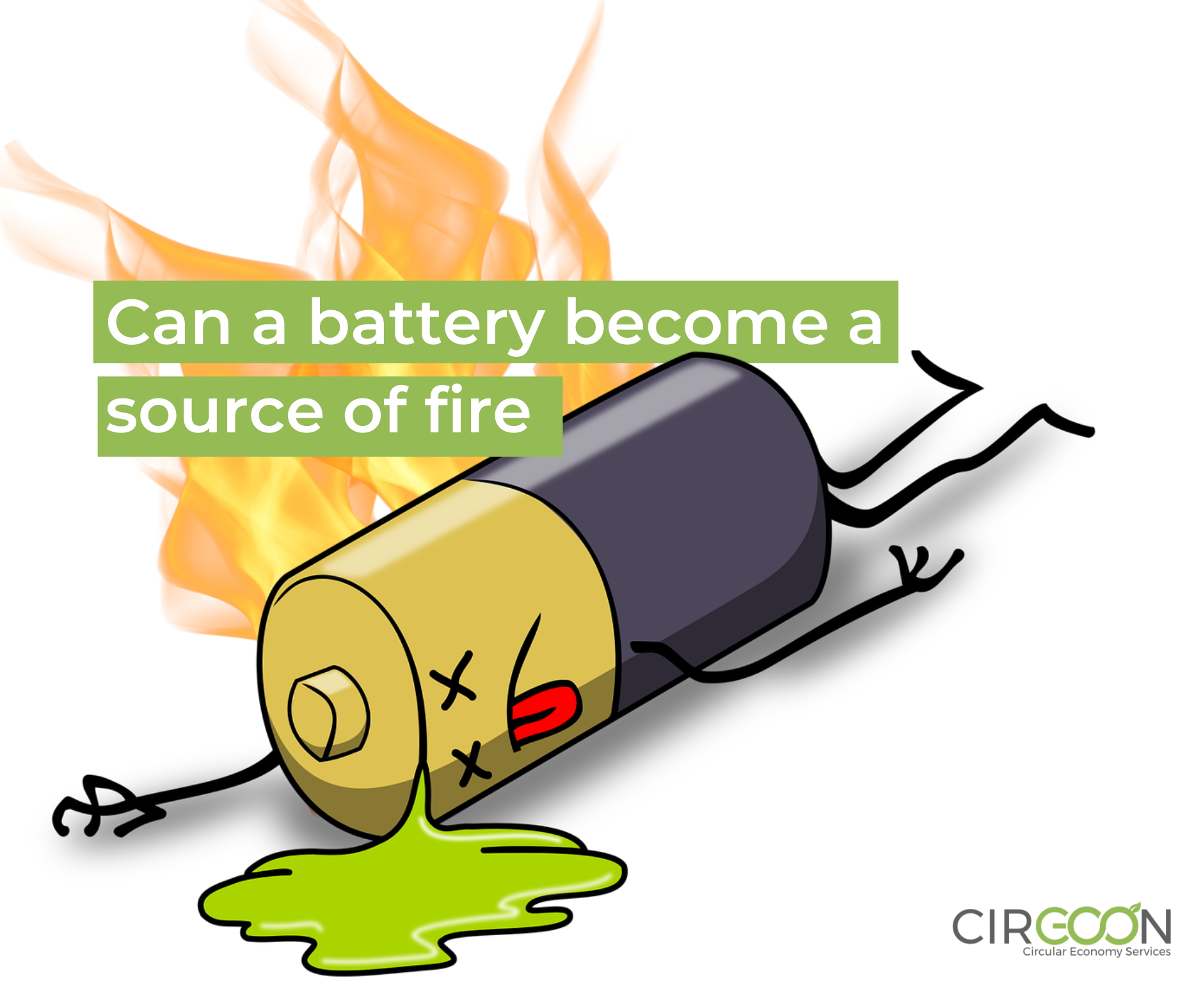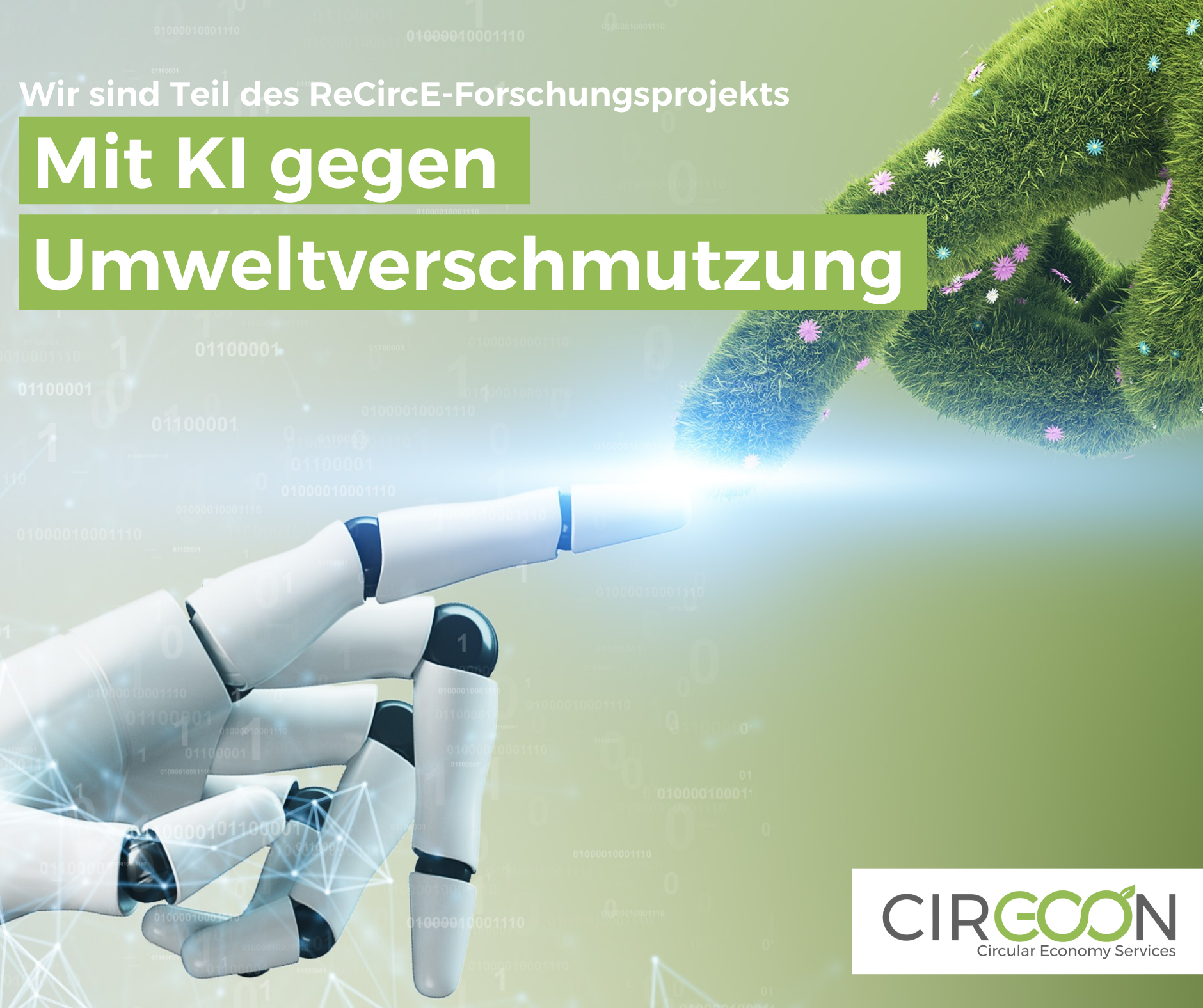Hof, 08/09/2021: Recycling yard partly burned down. Two people slightly injured. Heavy smoke. Residents are asked to keep doors and windows closed.
What happened a few days ago: Toni’s old notebook has had its days. He found out among his friends how and where to get rid of the broken device. Their answer: Even when the notebook is broken,it still contains many valuable raw materials. He should take it to the recycling center and have it recycled properly that way. To the recycling center? It’s only open on Wednesday and Thursday from 8 a.m. to 1 p.m., and you can expect long waiting times. Toni doesn’t have time for that. He disposes of his laptop in the residual waste. What he hadn’t considered, besides valuable and rare ressources, the notebook contains hazardous substances. Detecting these pollutants, let alone filtering them out of the residual waste, presents recycling centers with a major challenge. What follows: Almost every week, according to DEKRA experts, fires occur.
Problem: The separation
Shippers, packers, loaders, carriers and unloaders are theoretically obliged to comply with the regulations of the Dangerous Goods Act, as lithium batteries are dangerous goods. The ElektroG, which will be amended in 2022, is also intended to counteract any hazards posed by installed rechargeable batteries. For example, battery-operated waste electrical equipment is to be collected separately in separate containers at collection points. You can find out here which new regulations the new ElektroG3 also brings with it.
For safe transport and safe dismantling or disposal of old batteries and rechargeable batteries, it is therefore necessary that battery-operated devices are collected and recorded directly separated from other devices, for example cable-connected old devices. The problem is that this separation is rarely successful, resulting in the fires described above, which are difficult to extinguish.
The recycling center bears the costs
More and more lithium batteries end up uncontrolled in residual waste as well as in electrical and metal scrap, DEKRA experts recognize. DEKRA also states that self-ignition causes metal fires with temperatures of 1,000 °C to 2,000 °C. In addition, fires occur time and again during transport. In recycling plants, mountains of waste burn uncontrollably as a result and can spread toxins. And who pays for the damage? The recycling centers have to bear the often very high damages themselves.
The solution: Automated detection of pollutants
The detection of pollutants is therefore a major challenge for the consumer, the recycling center and many other parties involved in the process. A research project is now being conducted to find out to what extent digital transformation and automated processes can help everyone in the separation process.
To this end, we have set up a survey to first find out how present the problem is among recyclers and whether this solution is an option for them.
You are a recycler and know the problem described above? Then please join us and we will help you to make your daily work safer and easier! We would be very pleased about your participation! Just click here to access the survey. The completion time is 5 minutes.
More information about the project will follow soon.







